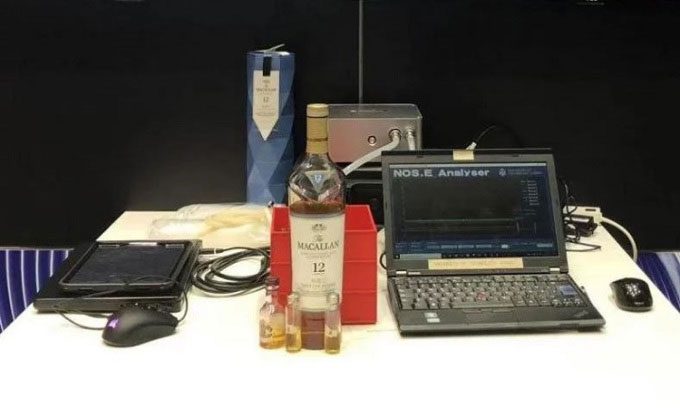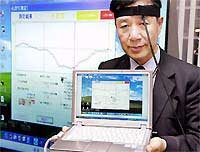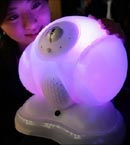The NOS.E device from the University of Technology Sydney not only distinguishes the origin, brand, and classification of whiskey but also identifies counterfeit liquor.

Electronic nose device from UTS. (Photo: UTS)
Researchers at the University of Technology Sydney (UTS) in Australia have developed a type of electronic nose that can differentiate various types of whiskey, including their brands and origins, by “smelling” samples. In a study published on April 1 in the journal IEEE Sensors, the device named NOS.E can recognize the differences between three blended whiskeys and single malt whiskeys produced by companies such as Johnnie Walker, Ardbeg, Chivas Regal, and Macallan in under four minutes. The NOS.E prototype achieved 100% accuracy in origin detection, 96.15% in brand identification, and 92.31% in classification of six types of whiskey tested at the CEBIT trade exhibition in Australia.
Scientists noted that the technology uses infrared light spectroscopy and two-dimensional gas chromatography. Both methods are time-consuming chemical tests that need to be conducted in a laboratory by trained professionals. In contrast, NOS.E operates quickly and is relatively inexpensive.
Designed to mimic the human olfactory system, NOS.E features eight gas sensors capable of “smelling” whiskey samples. The device evaluates each odor molecule it detects and then transmits the data to a computer. Subsequently, a machine learning algorithm is trained to recognize the characteristics of whiskey.
Electronic nose technology has previously been used to combat wildlife smuggling, assess odors in wastewater treatment plants, detect cancer cells, and identify COVID-19. According to the research team, NOS.E can distinguish not only counterfeit whiskey but also other types of alcohol, cognac, and luxury perfumes. The device is also valuable in disease detection and various other medical applications.
“A real-time, easy-to-use whiskey assessment tool that can determine quality and counterfeit products will benefit both wholesalers and consumers,” said Steven Su, a biomedical engineer and member of the research team.




















































